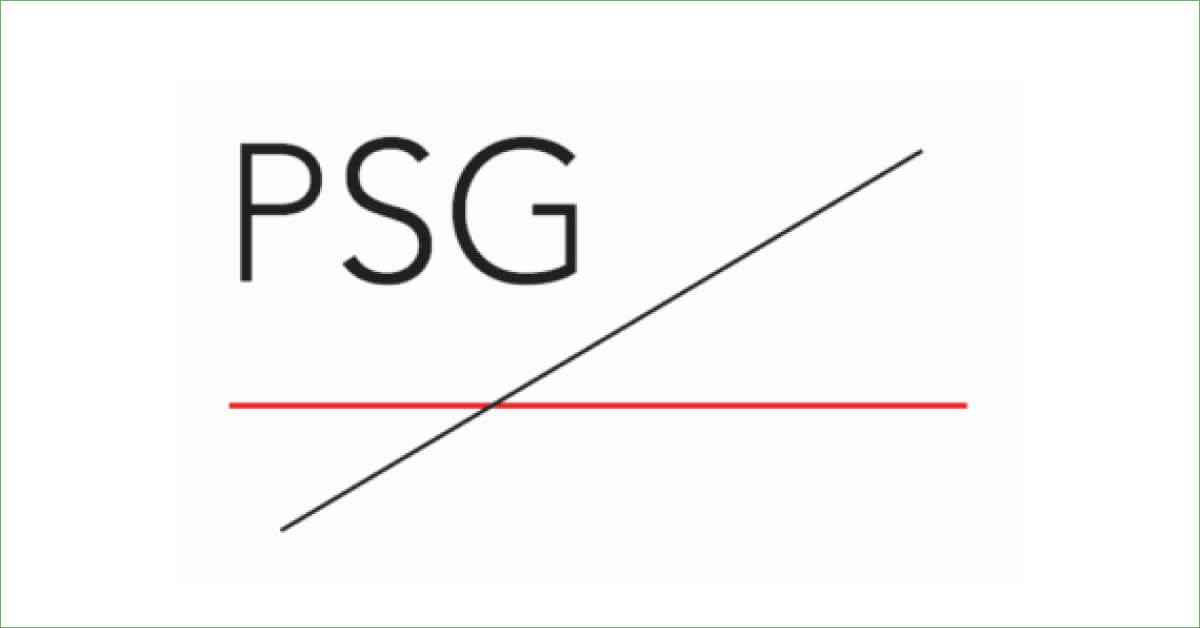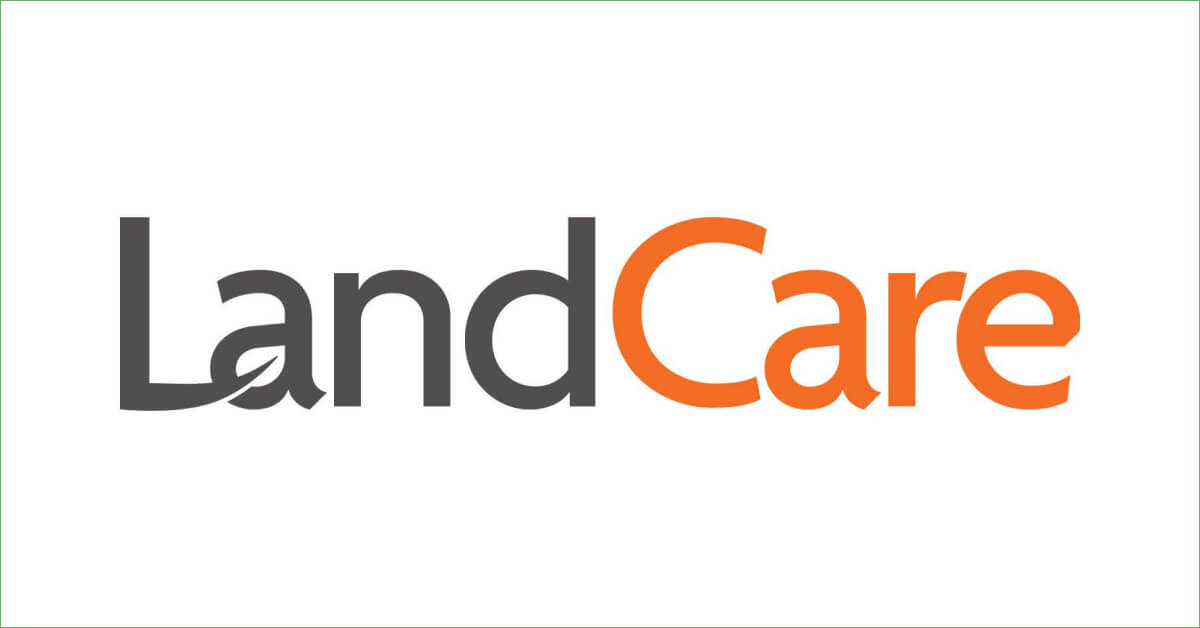Market Perspectives from IOMA Industry Report
Evaluating your AP Department
Effective management of working capital, defined as current assets minus current liabilities, is one of the oldest financial management practices. Hand-in-hand with this practice is the generally held belief that short-term needs should be financed with short-term sources of cash, and long-term needs should be financed with long-term sources. The underlying objective for the business enterprise is to essentially lower the risks of operating and the costs of financing.
While accounts payable departments serve a critical role in achieving this business objective, many organizations undertake too few initiatives to ensure the long-term efficiency and effectiveness of their “back office” AP departments.
Some progressive AP departments have recognized the value of transforming their AP processes and have already taken definitive steps to increase the productivity of their AP department. Regardless of whether your company operates in a decentralized or centralized environment, it’s important that your AP department performs at its peak potential and effectively contributes to lowering your operating risks and costs from financing activities.
Benchmarking Studies and Surveys
How does a company or AP department determine whether this peak performance is being achieved?
A good place to start is to review the various benchmarking studies and surveys which have been completed by experts associated with the accounts payable function. Over 30% of all U.S.-based companies and nearly 75% of companies with 5,000 or more employees have completed steps to benchmark their AP department’s operating performance. Understanding the results of these studies and surveys has proven beneficial in streamlining the function and transforming departmental productivity for countless companies. Studies involving other companies can also be used as general guidelines to explore how your AP department stacks up against others. If your results fall short of reported functional standards, now may be a good time to identify what may be driving these gaps and implement the corrective action necessary to improve operating performance.
A variety of performance variables within the AP function can be identified and measured for improvement. It’s important to identify metrics that are measurable within your operations and determine a few that support your company’s strategic priorities and operating culture.
Key areas for AP departmental performance which organizations have found useful to evaluate include the following:

Process Costs
The cost to process an invoice is the most basic metric, but in many cases, one of the more difficult to assess. It’s challenging to obtain an apples-to-apples comparison of the process steps included in the cost calculation. Some studies include costs associated with routing, mailroom activities, copying, and follow-up. This is where benchmarking studies can be particularly useful given their ability to employ a consistent definition in their cost analysis. Even with that consistency, cost studies show a wide range of operating results.
One benchmarking study conducted by The Aberdeen Group, calculated the cost to process a vendor payment ranging from $5 to $26 an invoice, while another study by The Accounts Payable Network reports that the average cost to process an invoice is closer to $15. If your company’s AP process is complex it could cost up to $40 to process a single invoice.
Studies have consistently highlighted the median cost to process a vendor payment across all respondents of approximately $6.00. Interestingly, there is little correlation between the cost to process an AP invoice and the size of the company.
Other useful metrics include the number of payments completed per AP staffer per month and the number of days to process a vendor payment. Best practices suggest that top-performing AP Departments process 3,339 PO invoices per AP staffer per month. Total processing time per vendor invoice in these high performing units should average less than 3 days. This compares to the 6 days required to process an invoice at the average company.
Automation Improvements
Opportunities for automation include the type of system used for invoice processing and whether the invoice process is maintained in a distributed environment, in a shared services center, or outsourced. Automation can positively impact the overall process in many unique ways including, but not limited to:
- Receipt of vendor invoices in electronic, fax, or paper form
- 2 or 3-way matching of purchase orders and receiving records with invoices
- Routing for online approval and exception processing
- General ledger coding
- Payment application using checks, wire or ACH methods.
Technology has been found useful in automating the AP function, which historically has been heavily paper-based and required significant manual effort. Over 40% of respondents in one benchmarking survey indicated that workflow tools and imaging are critical components of their payables automation strategies over the next 18 months, while over 25% of all firms use some form of electronic invoicing.
Studies have reported an interesting concern that as some companies have gravitated to greater automation of AP processes, their productivity results have actually declined. Only after a certain automation investment has been exceeded, do many companies experience the expected jump in productivity. High automation companies have been found to achieve a savings of 70% of the cost to process their vendor payments over low automation businesses.
Error Rates
Errors can be costly on many fronts, including lost capital, wasted staff time, and damaged trading partner relationships. On average, 3.6% of invoices have errors. While this percentage appears low as a percent of total annual spend, this can be significant for certain companies. Best practice organizations drive the error rate below 1%.
Nearly 75% of AP departments use an immediate error detection system to help avoid this issue. 2 and 3-way matching of invoices with purchase orders and receiving records is one example of a detection system and is fairly widespread. According to benchmark results, vendor invoices and vendor payments should both be examined for potential errors.
Fraud & Duplicate Payments
Fraud is on the rise. In one recent survey, nearly 36% of companies had an indication of check fraud, which is up 48% from the same survey conducted two years prior. The incidence of this type of fraud appears correlated with the size of the company, but even small firms are vulnerable to this problem.
A high occurrence of fraud is usually the direct result of an absence of process controls. Active management of the master vendor file can often be a good starting point. A large number of vendors relative to peer companies can indicate the potential incidence of fraud. Benchmark data suggests that companies with fewer than 1,000 employees should have less than 20,000 vendors in their files. Any vendor file containing more than 50,000 entries should be closely examined.
If duplicate payments occur with more than half of one percent of all invoices, this can be another indication of a lack of controls or an unmanaged vendor file. Benchmark results have shown that duplicate payments are generally more of a problem in smaller companies with less than 250 employees.
Financial Controls
This is one area where benchmarking data will increasingly be directed in the future as business requirements have rapidly evolved and become more stringent over the past couple of years. The use of documented policies and procedures includes:
- Practices associated with segregation of duties
- Role-based security
- Vendor discounts
- Safeguarding check stock
- Frequency of check runs
- Levels of authority
- Dollar limits in the event of multiple signers
- Transaction level logging, etc.
- Other items include policies for cutting immediate checks and for issuing payments without original invoices.
Trading Partner Satisfaction
Best practice companies track vendor satisfaction in a variety of ways. A number of AP departments and companies use interactive voice response and web-based self-service portals to allow vendors to check payment status and obtain answers to other questions. Such capabilities have been found to be effective in reducing the number of vendor phone calls made to companies.
In one recent survey, over 34% of companies indicated that vendor invoice discrepancy resolution is the highest pain point in managing trading partner satisfaction. As the use of electronic payments to vendors has grown to over one-third of all companies, price discounts due to this service are being increasingly received.
Business Benefits
AP departments derive significant business benefits from their AP process benchmarking efforts. These benefits include obvious outcomes such as reducing processing costs, identifying substandard processes, increasing efficiencies, and strengthening financial controls and compliance. Additionally, companies practicing AP benchmarking are in a stronger position to better manage working capital, reduce business risks, and lower financing costs.
Are you dealing with outdated accounting processes?
Centreviews can help you determine whether AR automation is the right solution for your business. We offer a free consultation, where we learn more about your business and let you know how we can help improve your current processes.



















